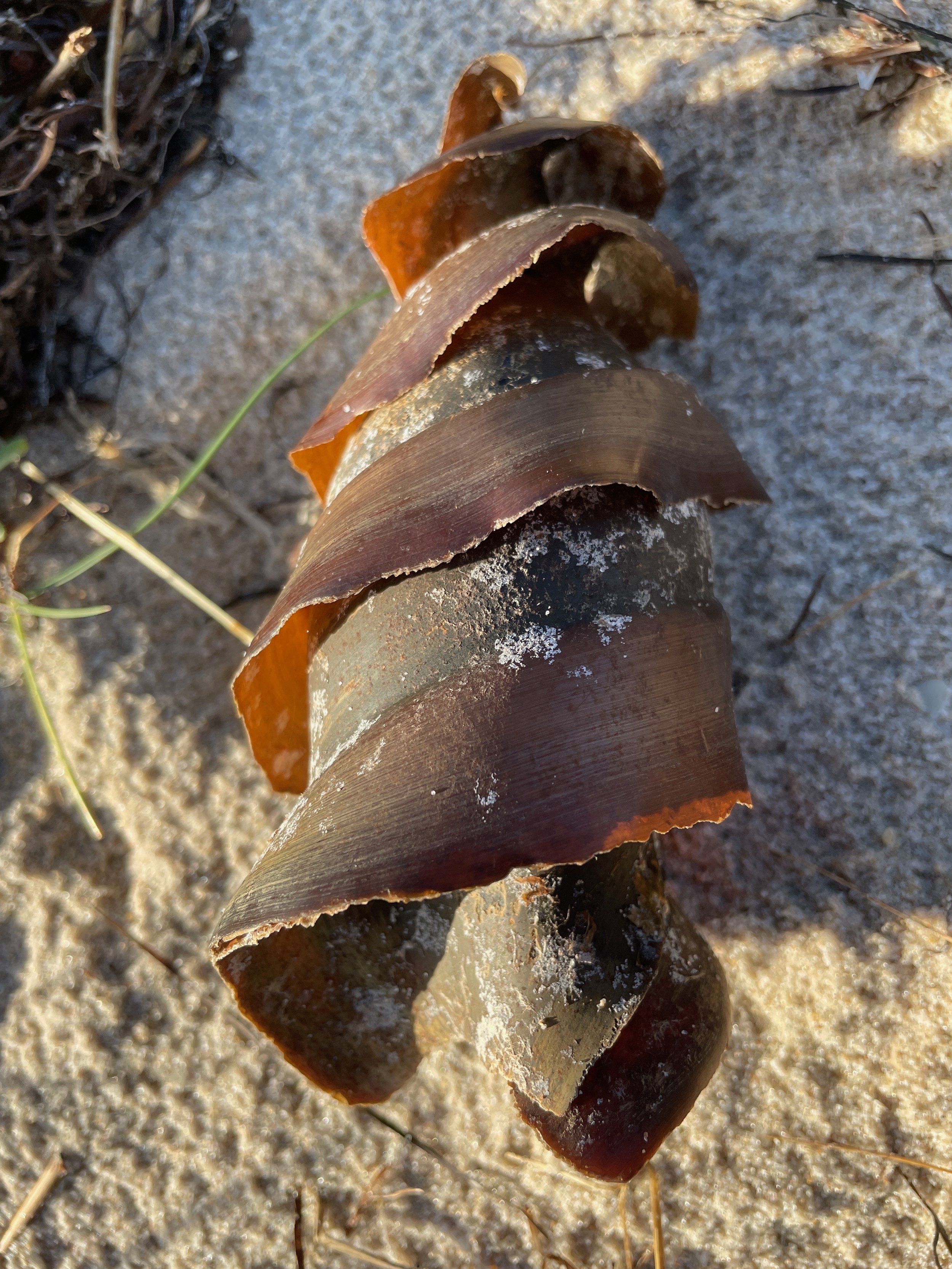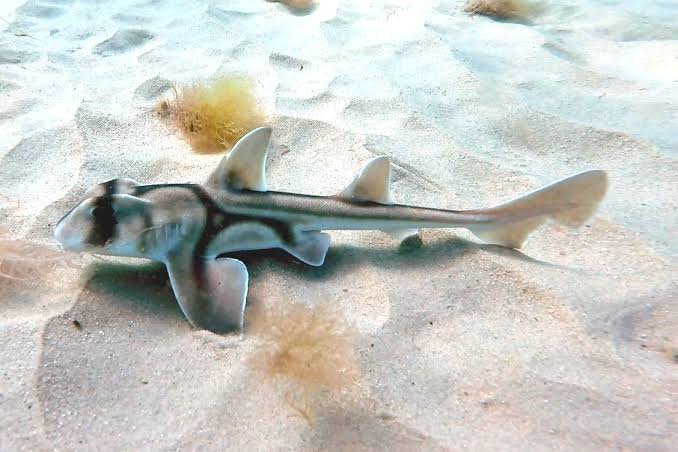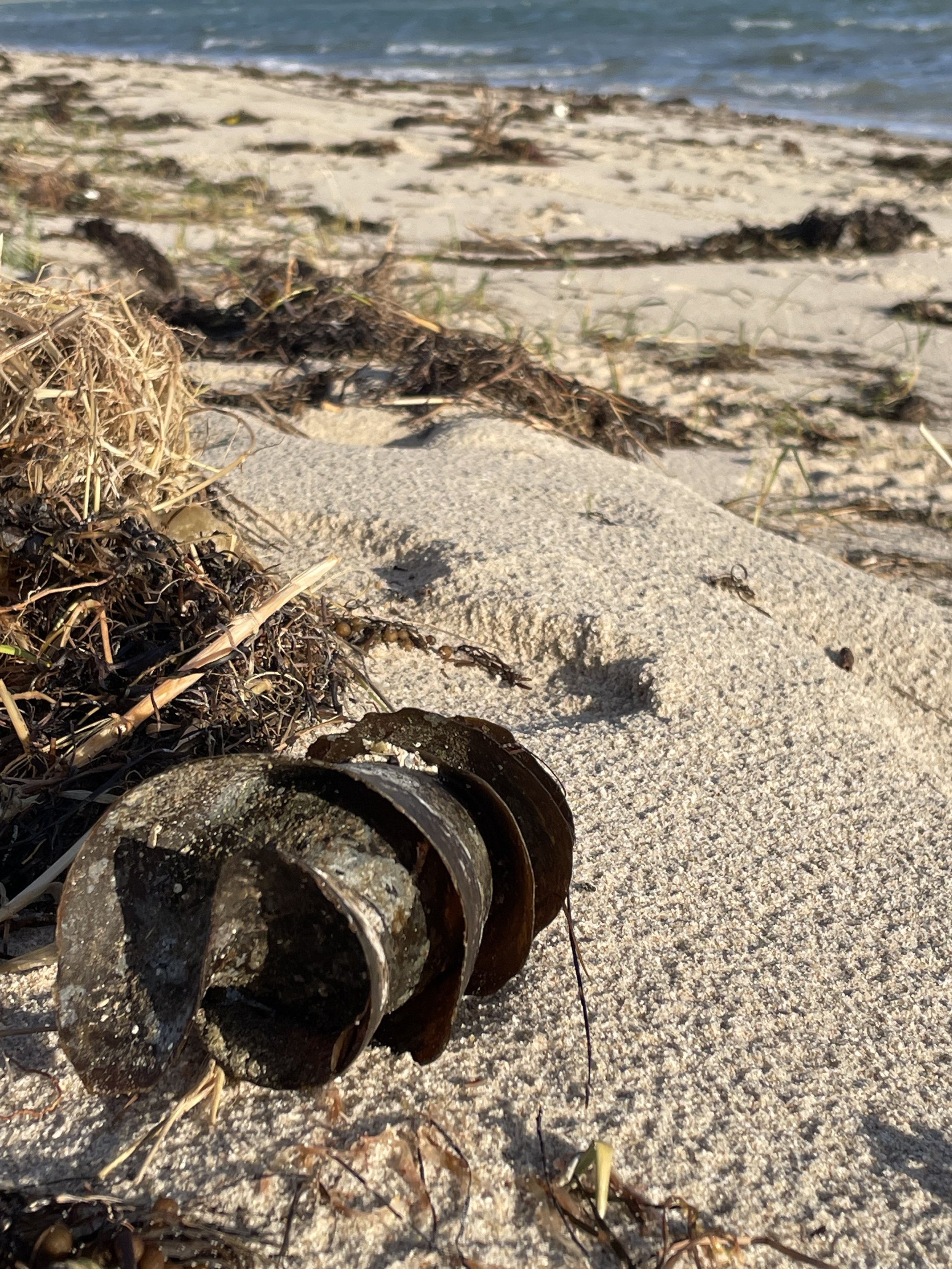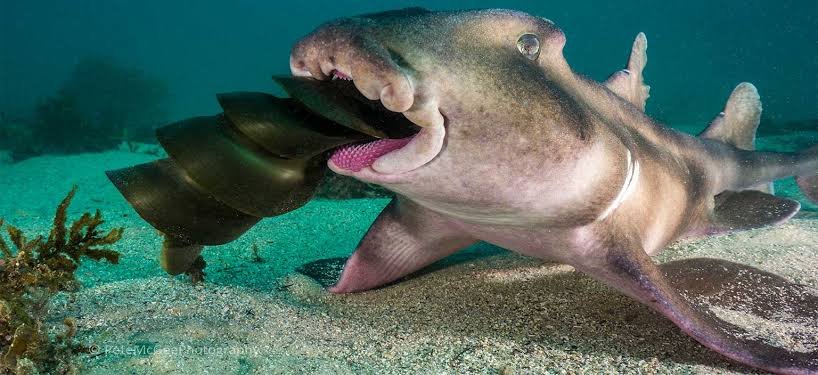Port Jackson Shark egg casings along Capel Sound Foreshores
Have you come across these walking along the beach recently? They are the egg casings from a Port Jackson Shark.
The Port Jackson Shark has a distinctive blunt head with a spine in front of both dorsal fins. They have harness-like markings which makes them very easy to be identified. Port Jackson Sharks usually live in rocky environments on, or near, the bottom. Sometimes they are found in muddy and sandy areas, or where seagrass occurs.
Dietary items include sea urchins, molluscs, crustaceans and fishes. Port Jackson Sharks forage for food at night when their prey are most active. They often use caves and rocky outcrops as protection during the day.
The breeding season is usually late winter and into spring. Port Jackson Sharks are oviparous, which means that the female lays eggs. The egg case is a tough, dark brown spiral about 7 cm to 8 cm wide and 15 cm long. It is common to see them washed up on beaches.
The egg case is soft when laid by the female. She uses her mouth to wedge the egg case into a rock crevice where it hardens, and from which one young shark emerges after ten to twelve months. When they hatch, juvenile Port Jackson Sharks, called pups, are about 25 cm long.
Female Port Jackson Sharks mature at 11 to 14 years of age, whereas males only take around 8 to 10 years.
Keep an eye out when walking along Capel Sound Foreshores beaches!




